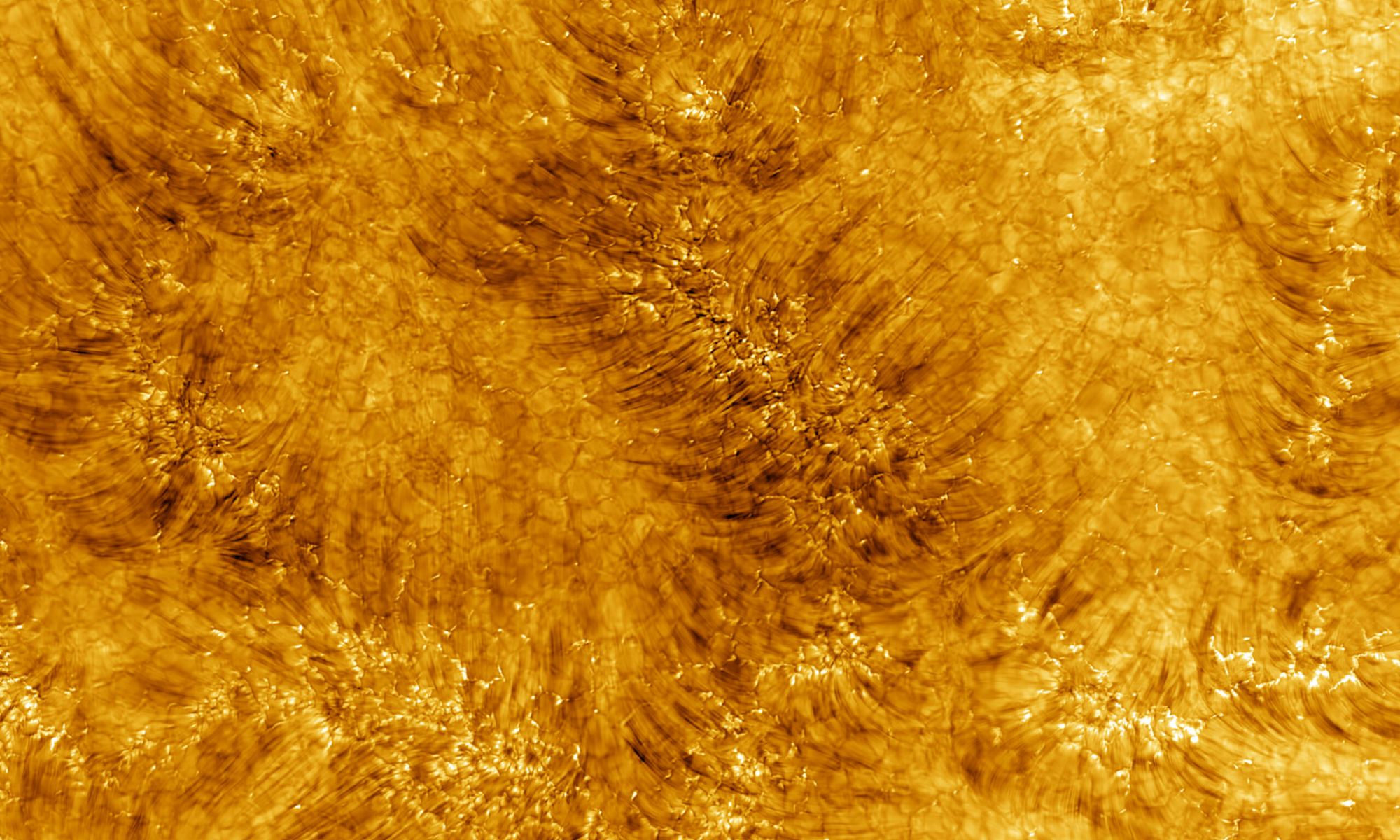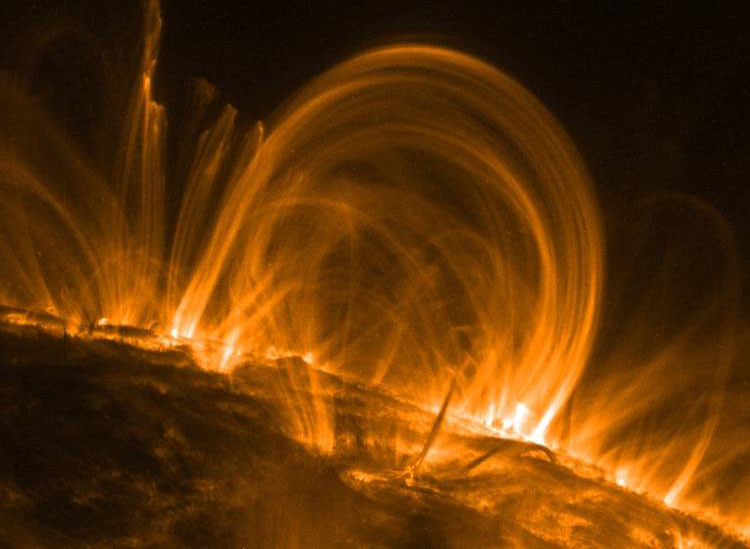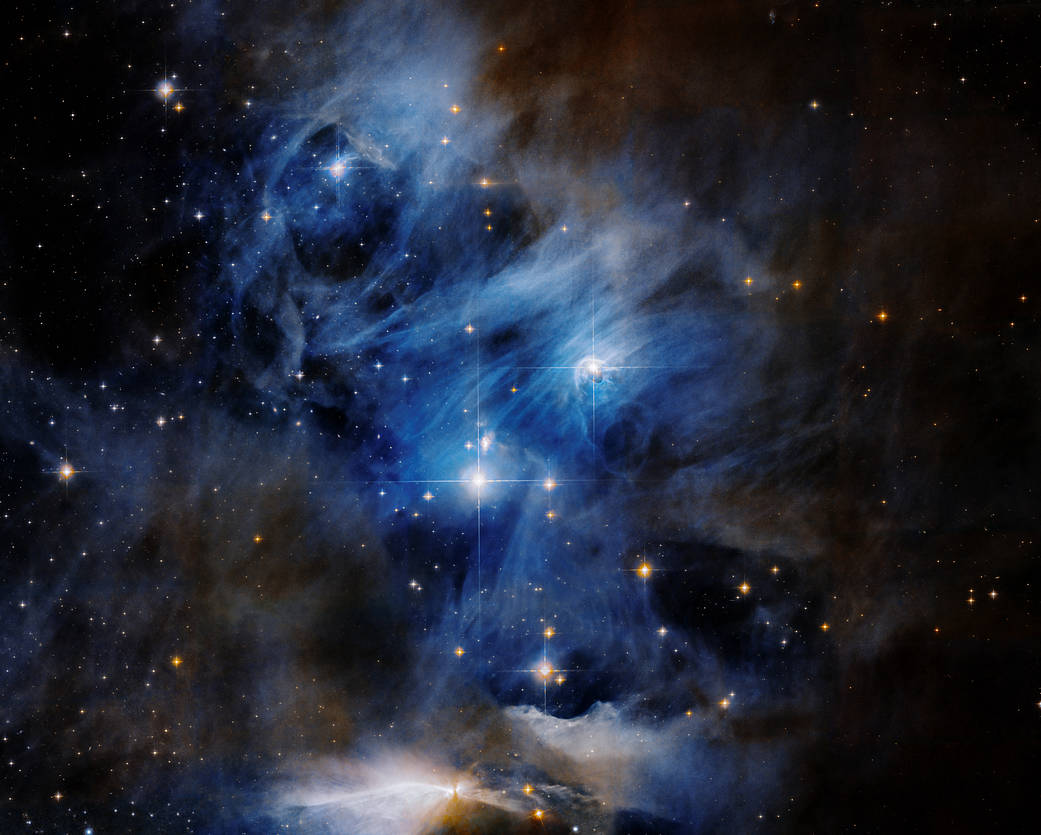New images of the Sun’s chromosphere – the lower region of the solar atmosphere — have been released, and to say they are ‘stellar’ is an understatement. Simply, they are stunning. The high-resolution images were taken with the now-fully-operational Daniel K. Inouye Solar Telescope, located on the summit of Haleakala, Maui, in Hawai‘i. Scientists say the new observatory — with its large 4-meter (13-ft) primary mirror — will enable a new era of solar science, and provide a leap forward in understanding the Sun and its impacts on our planet.
Continue reading “Insanely High-Resolution Images of the Sun Show its Chromosphere in Vivid Detail”Insanely High-Resolution Images of the Sun Show its Chromosphere in Vivid Detail










